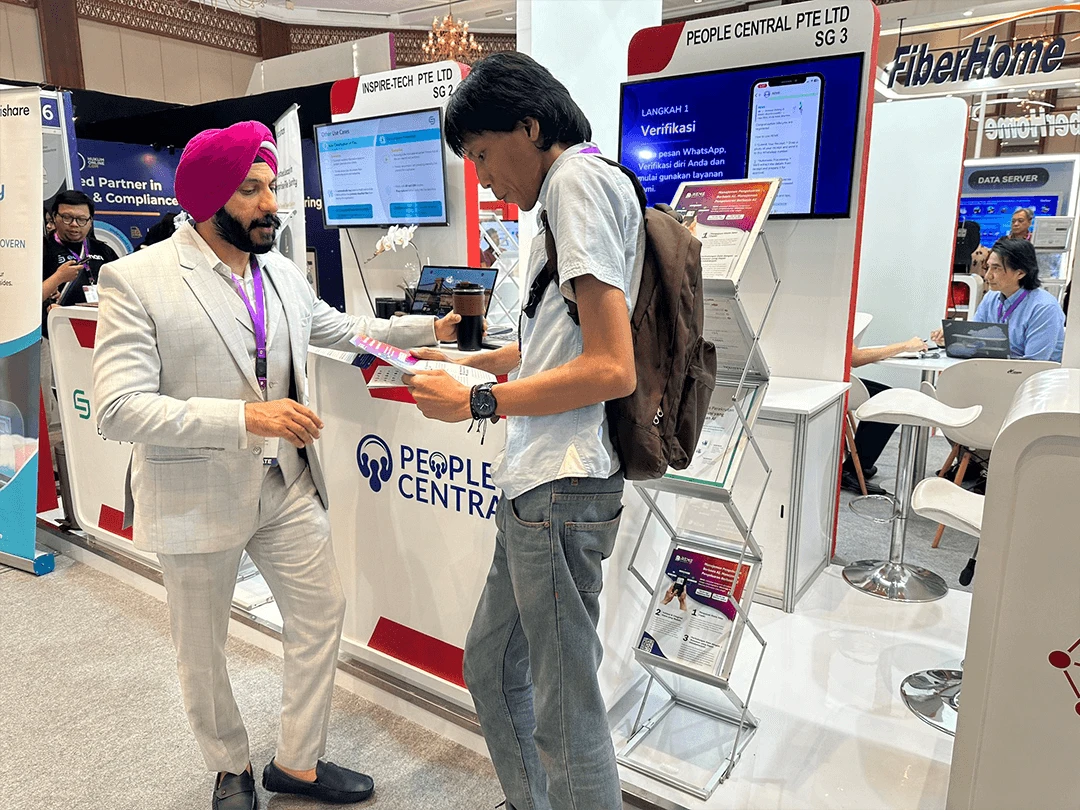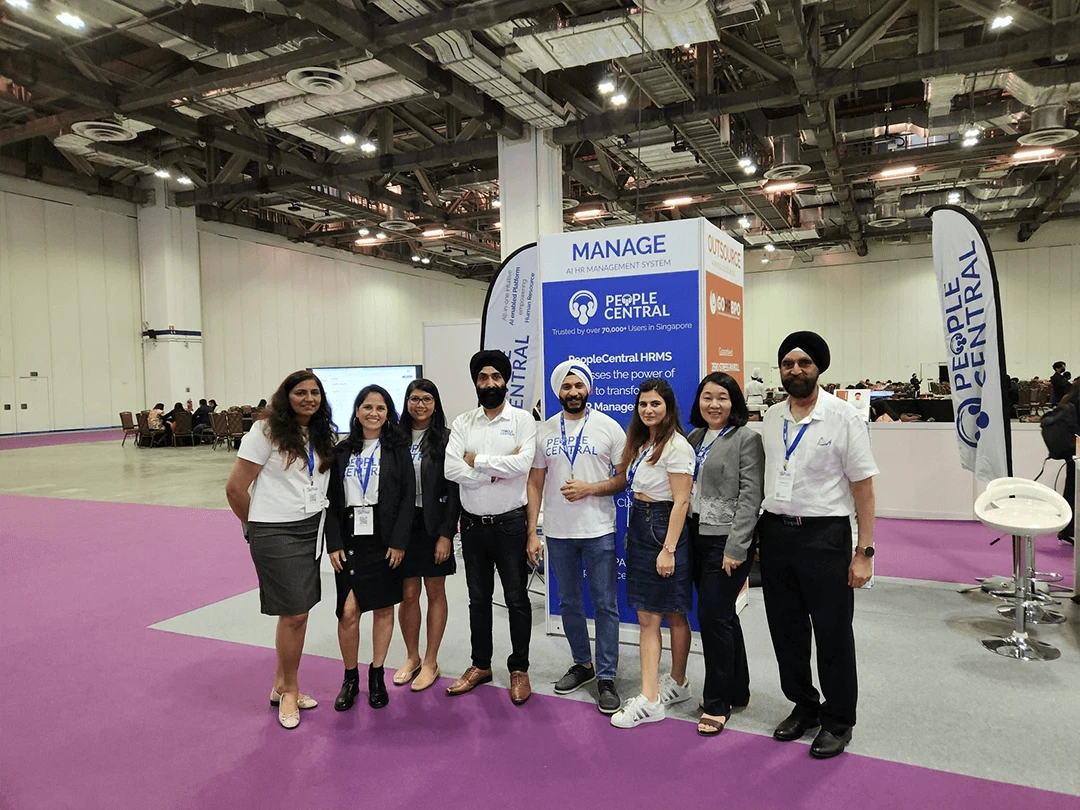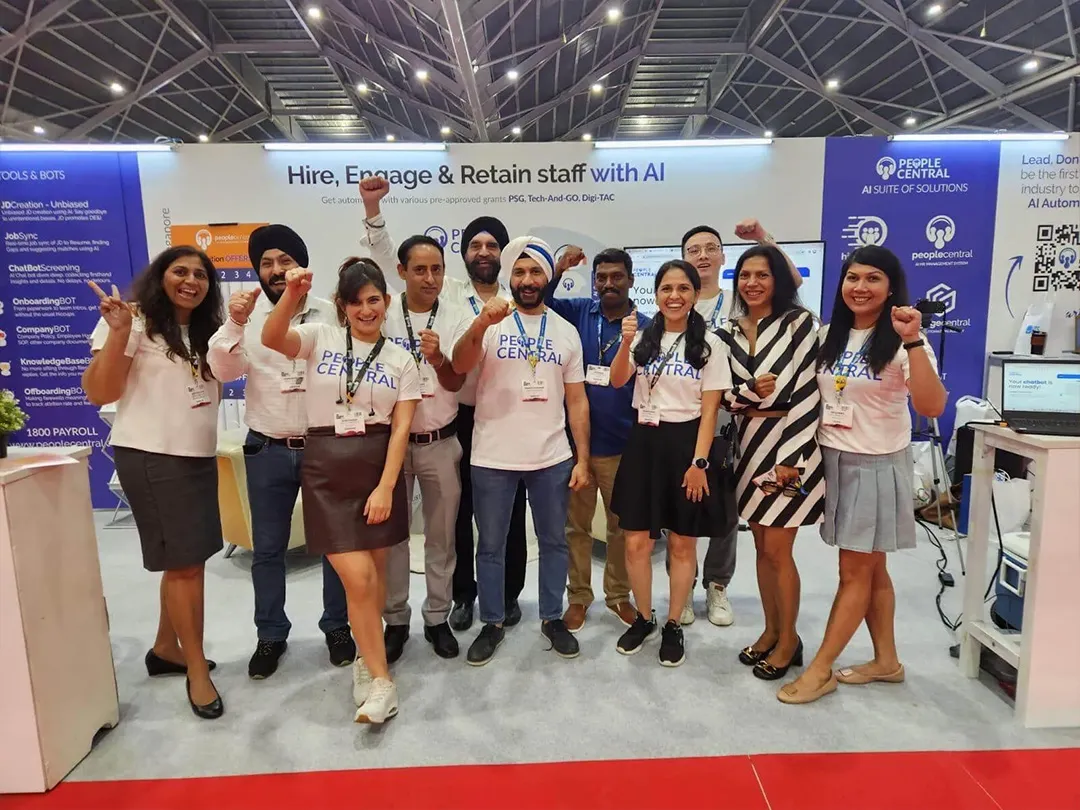Introduction
If you run an SME in Singapore, you’re probably aware of how much time HR tasks can take up. Doing basic HR work like tracking attendance or approving leave can often take up a lot of time that can be used on growing the business.
Not only that, when these tasks are done manually, there is always room for errors. Payroll errors lead to unhappy employees, and missed deadlines can cause compliance problems. With all these issues, HR starts to feel like a headache instead of support.
That is why more SMEs are turning to HRMS portals, because an HRMS puts all of the HR work into one simple platform. This way it saves time and reduces mistakes. It also makes it much easier to stay compliant with Singapore’s rules.
Why Do SMEs in Singapore Struggle with HR Processes?
Here are a few common pain points due to which SMEs struggle:
| Common Pain Point | Real-Life SME Challenge | Consequence |
| Compliance Stress | CPF, MOM, and IRAS reporting deadlines are often missed due to manual tracking | Risk of penalties and loss of credibility |
| Payroll Errors | Incorrect CPF or IR8A submissions from manual spreadsheets | Employee dissatisfaction & fines |
| Time Drain | 15+ hours weekly spent on manual HR data entry | Lost productivity |
| System Fragmentation | SMEs use separate tools for payroll, leave, and claims | Double handling & data mismatches |
| Employee Frustration | Lack of transparency in leave balances and payslips | Low morale & disengagement |
The Singapore Business Federation reports that automation in HR workflows can reduce process cycle time by 60%, and diminish errors by 90%, while also boosting compliance and cutting operational costs
Also Read: Exploring the Future: FWA 2025 Insights
How an HRMS Portal Simplifies Attendance, Leave, and Payroll
Attendance Management
When attendance gets automated, everything gets smoother. Employees just have to clock in through a mobile app and not fill out timesheets.
HR and managers can see everything on the dashboard. If you are in the retail or healthcare industries, it integrates with shift scheduling as well.
For example, a Singapore FNB chain cut down roster conflict by 40% after they switched to automated attendance sync.
Leave Management
With an HRMS, employees can see their leave balances clearly and also apply for leave directly.
You can also set custom leave policies that follow MOM guidelines and approve requests without all the back-and-forth.
Payroll Processing
Payroll is one of those things where even a small mistake can cause big problems. An HRMS takes care of CPF, SDL, and IRAS submissions automatically.
It also sends compliance alerts so that you don’t miss any deadlines. It also handles overtime and bonuses automatically.
Benefits Beyond Compliance
| Benefit | Why It Matters for SMEs |
| Scalability | Easily expand across multiple locations or new hires |
| Employee Satisfaction | Transparent access to payslips, leave, and claims |
| Cost Efficiency | Reduce overtime hours wasted on HR admin |
| Data-Driven Insights | Analytics dashboards for smarter workforce planning |
Real-Life Impact on SMEs
There is no doubt that an HRMS saves time and reduces errors, but it also changes how people feel at work.
When people don’t have to contact HR for their leave balance or payslips, they start trusting the system more.
Now with HRMS, taking care of everything, managers can save so much time. The time they used to spend on admin work can be used in mentoring their team or driving sales.
In logistics or retail industries, turnover is always a problem, and this kind of better employee experience can really make things better.
HRMS Features to Look for in Singapore
- Compliance-Ready Modules: You should be able to make CPF, MOM, and IRAS submissions run automatically in the background through an HRMS. This way, you don’t have to worry about deadlines.
- Unified Platform: Also, the platform should be unified. Means you should be able to find payroll, leaves, claims, and attendance all in one place and not in different tools.
- Mobile Access: The HRMS should have a mobile access feature, so that employees can check their leave balances and payslips right from their phones.
- Scalability: The system should be able to handle new additions to your team, no matter if you add 50 people or 500, without any extra effort.
- Custom Workflows: Every industry has its quirks. Your platform should let you tweak HR processes, so they actually match your business.
Challenges of Not Using an HRMS
It’s also worth pointing out what happens if SMEs stick to manual HR:
- Compliance Risks: Late CPF filings can lead to penalties.
- Hidden Costs: Admin hours pile up, costing more than an HRMS subscription.
- Employee Turnover: Frustration with payroll errors or unclear leave policies drives staff to competitors.
- Data Inaccuracy: Spreadsheets can’t guarantee clean, error-free records.
Also Read: The Rise of the Gig Economy: Trends and Insights
Future of HR for SMEs in Singapore
As digital transformation accelerates, HR is no longer just about admin. HRMS platforms are integrating with AI tools to predict workforce trends, analyse employee sentiment, and even recommend hiring plans. SMEs adopting HRMS now will be future-ready and better positioned to compete with larger companies.
Conclusion
I just want to say that doing HR manually just does not work anymore, especially for SMEs. It will take up your time and will create compliance risks. It will also frustrate your employees.
That is why HRMS software is the most important tool for you. I mean, imagine saving 10+ hours every week and no more payroll or CPF problems!
This is all going to be possible when you streamline your HR through an HRMS portal and focus on growing your business instead of dealing with paperwork.

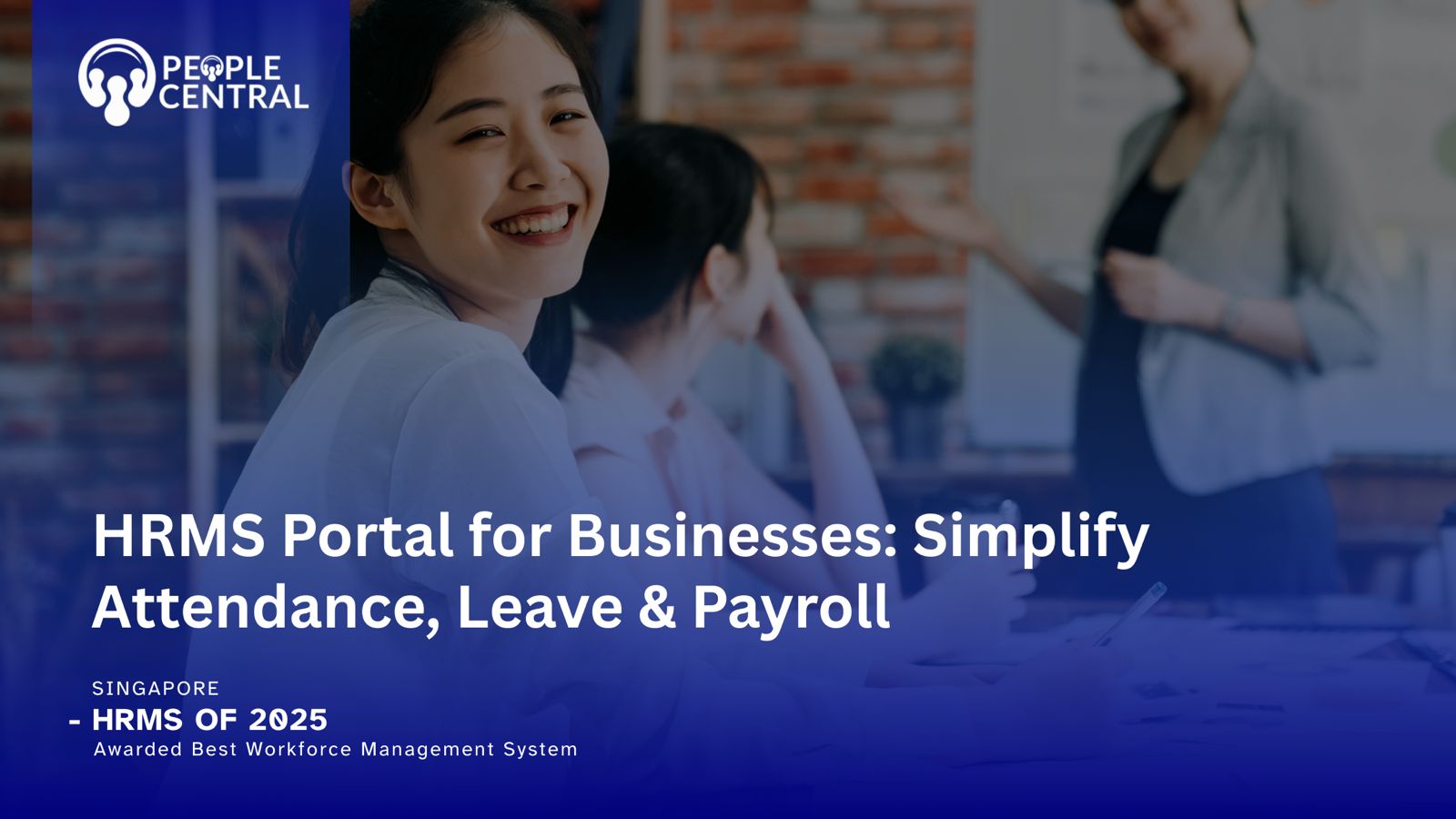



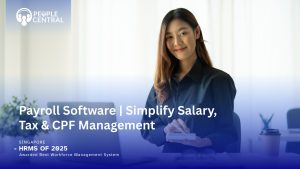
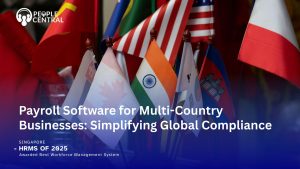

 5
5

















